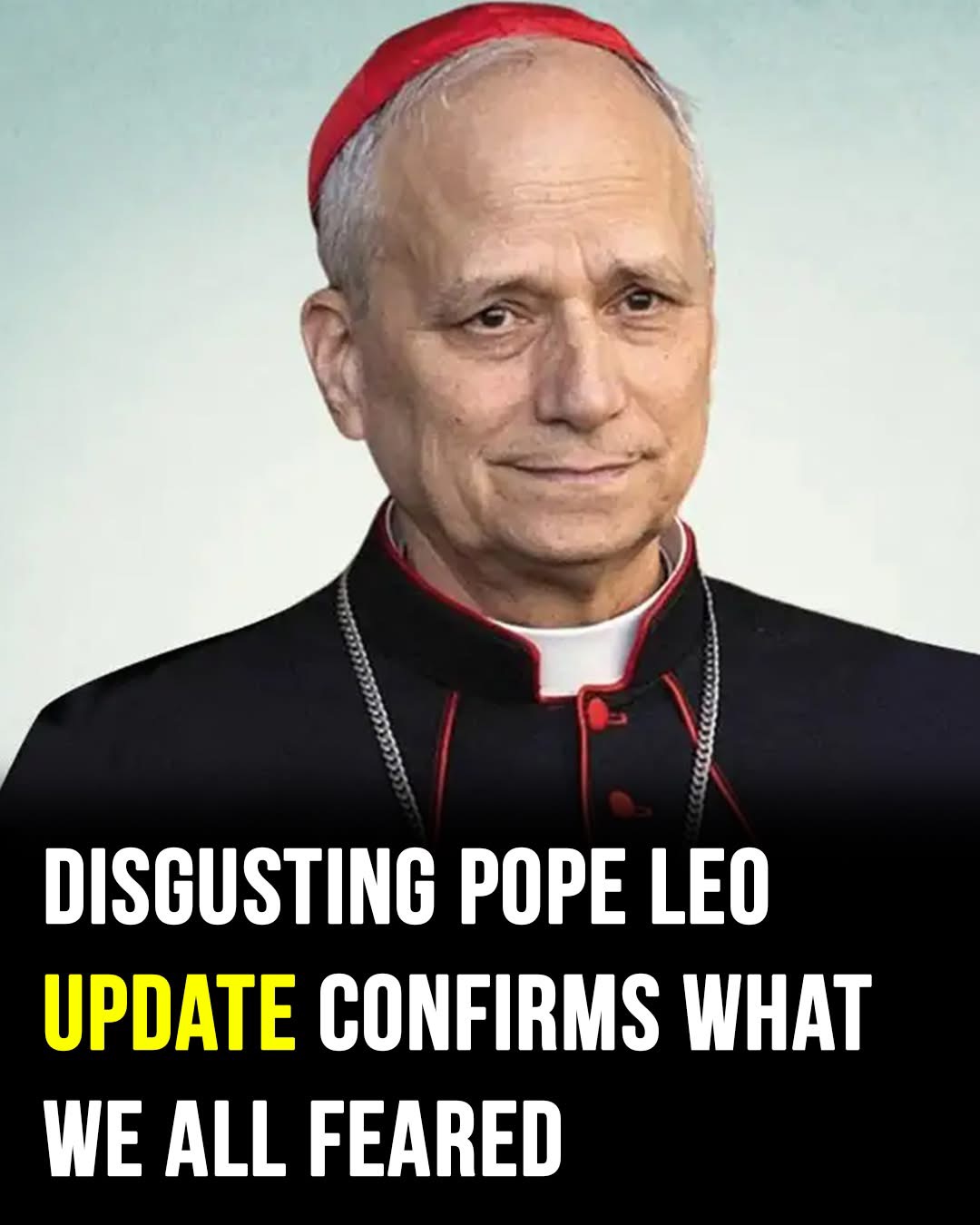Woke Pope Leo XIV slammed by MAGA supporters

On May 8, 2025, the world watched as white smoke rose from the Sistine Chapel, signaling the election of a new pope. Moments later, Cardinal Robert Francis Prevost of the United States emerged onto the balcony of St. Peter’s Basilica, introducing himself as Pope Leo XIV—the first American ever to lead the Catholic Church and the first to take the name “Leo” in over a century.
“Peace be with you,” he greeted the thousands gathered in St. Peter’s Square. “The peace of the Risen Christ—a peace that is humble, enduring, and without conditions.”
The global Catholic community largely welcomed this historic election, but back in the U.S., reactions were more divided. While many celebrated, some right-wing commentators, particularly MAGA-aligned figures, launched immediate attacks. Though former President Donald Trump issued a congratulatory post on social media calling it “a great honor for our country,” many of his supporters were far less enthusiastic.
Critics labeled Pope Leo “woke” and “Marxist,” citing his past statements on immigration, racial justice, and climate change. Online personalities accused him of harboring liberal agendas, with some calling him worse than Pope Francis. Old tweets resurfaced, including one where he directly criticized Senator JD Vance for suggesting compassion should be prioritized based on nationality. “Jesus doesn’t ask us to rank our love for others,” he had posted. That message, once praised for its moral clarity, now made him a target.
The name “Leo” itself carries great significance. Pope Leo I, also known as Leo the Great, famously convinced Attila the Hun to spare Rome. Papal historian Candida Moss interpreted the name as a sign of strength and theological reform. Cardinal Prevost’s choice may reflect a vision of standing firm against political oppression, much like his namesake.
Born in Chicago’s Bronzeville neighborhood in 1955 and raised in Dolton, Illinois, Pope Leo XIV grew up in a devout Catholic household rooted in French and Spanish heritage. He felt drawn to the priesthood as early as first grade and pursued his vocation from high school seminary to Villanova University and then on to decades of service in Peru, where he became bishop of Chiclayo and eventually held dual U.S.-Peruvian citizenship.
Those who knew him before his election describe him as gentle, approachable, and deeply pastoral. Reverend John Lyndon, who lived with him for ten years, recalls his joy in simple pleasures—music, pizza, and birthday celebrations with his parishioners. “I’m still trying to process that he’s now the Pope,” Lyndon said.
Though Pope Leo XIV is seen as moderate to progressive in tone, especially compared to more conservative American voices, he holds firm on Catholic doctrine. He supports Pope Francis’ open approach toward marginalized groups while also emphasizing local cultural interpretation in Church teachings. He’s spoken boldly about the climate crisis, urging concrete action to build a reciprocal relationship with the planet.
His papal election came quickly—the conclave concluded in less than 24 hours. While Cardinal Tagle of the Philippines had been favored by many observers, Leo’s rise signaled a blend of continuity and fresh perspective. His brother John admitted the news was both shocking and surreal. “He didn’t think it would happen,” he said. “Neither did I. But now here we are.”
As Pope Leo XIV begins his tenure, he carries both the weight of a global Church and the scrutiny of a polarized world. To millions, he is a symbol of unity, compassion, and deeply rooted faith. To others, particularly in the U.S. political sphere, he represents a challenge to entrenched ideologies.
What remains certain is this: for the first time in history, the Catholic Church is being led by an American—one whose vision blends tradition with transformation, and whose path forward will shape the Church for generations to come.